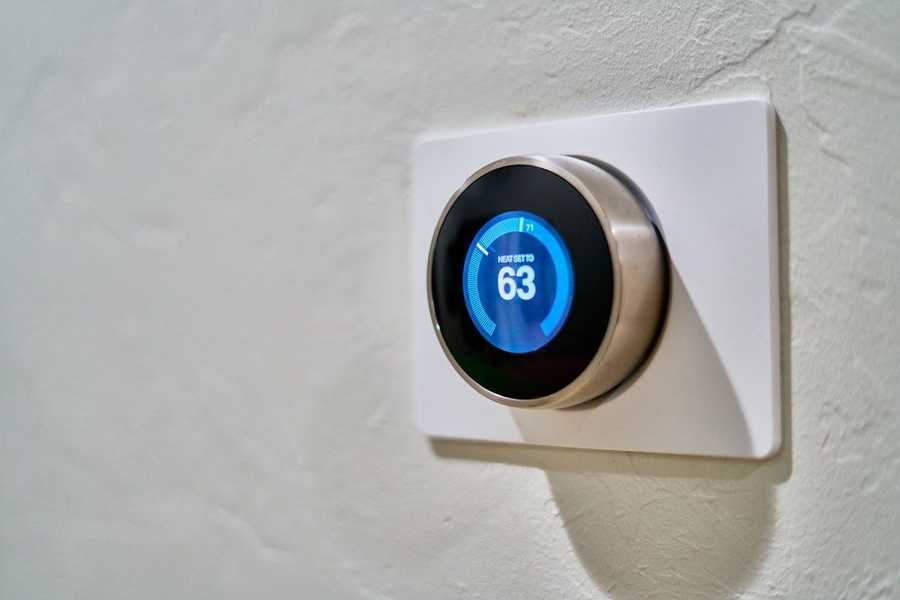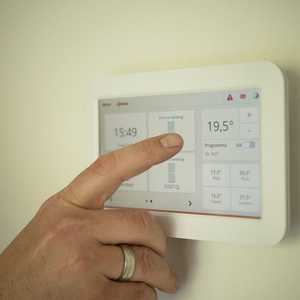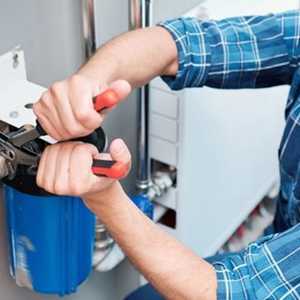How does your wireless room thermostat work?
A wireless room thermostat provides you with comfort and the ease of controlling your household's temperature remotely, with a simple smart device.

These days there are numerous options to control the heating and the temperature at your house, including smartphone apps, thermostatic radiator valves, and temperature dials.
When it comes to thermostats, there is a wide range to suit every taste, with the main types being digital and mechanical.
Digital thermostats have internal components, which assess the room temperature and adjust the heating accordingly, keeping the room as warm as the target has been set.
Mechanical thermostats are what is now considered "old school" and they control the room temperature with the help of two expanding and contracting bits of metal. However, they're not nearly as accurate as their digital counterparts, although they are normally a lot cheaper.
A wireless room thermostat is a type of digital thermostat, and contrary to what you might expect it will still need to be mounted on the wall. However you'll also receive a remote control or a portable thermostat to use or controlling the temperature, which will interact wirelessly with the mounted thermostat. That's where the name comes from.
What are the benefits of a wireless thermostat?
One of the biggest benefits of the wireless thermostat is that it allows you to control the temperature at your home so it can match your schedule. It will maximise comfort by adjusting the temperature for you so you don't have to worry about getting home to a cold house, or forgetting the heating on through the day.
So how does a wireless room thermostat work?
It connects to the internet in your home and you can control it remotely, using an app on another device. While you can install the thermostat yourself, it is always recommended to contact a specialists, if you don't feel confident in your skills.
Of course, there are some limitations with any wireless room thermostat.
They will require batteries, which can have an unexpected effect, when low or dead - this is why it's advisable to change your wireless thermostat batteries every time you need to turn the clock back or forward.
Depending on the walls of your house, some wireless signals might not be able to get through them, which can cause your heating to malfunction. Block and metal walls can be problematic, and you should also remember to not install the thermostat near a microwave or an oven.
SO what do you think, is a wireless thermostat worth it? If you are thinking of having one installed our heating engineers can help with advice and installation.
Related advice
There are plenty of actions you can take to help keep your home in check. Take a look here for the latest guides, advice and tips from our experts!
View our latest advice







